Insight: Covid-19 in Scotland, one year on
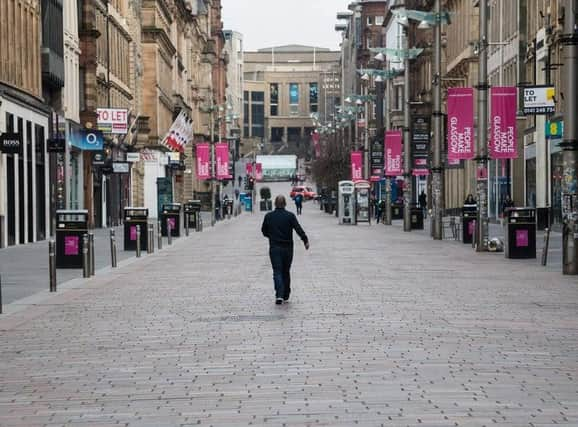

“It has raised widespread concern among health authorities,” read the short article at the bottom of a back page.
170,000 cases, 13,000 hospital admissions and up to 7,500 deaths later, Scotland is in a position few of the general population could have thought possible back then.
Advertisement
Hide AdAdvertisement
Hide AdJanuary 24 marks a year since the first Covid-19 tests were carried out, and a year since an Incident Management Team was set up by the Scottish Government to address the issue.
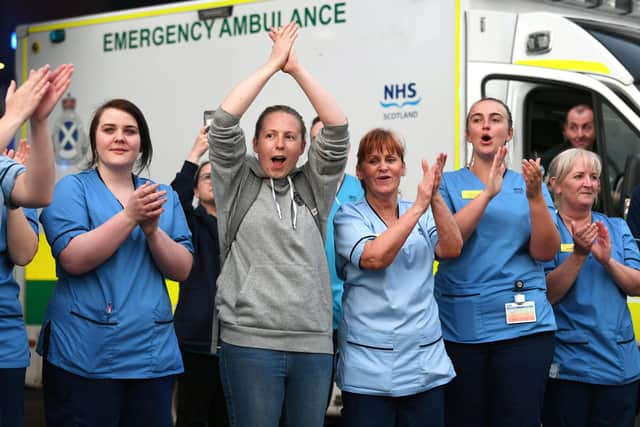

The scale and tragedy of this pandemic caught most of us by surprise, but did anyone in Scotland see the warning signs approaching?
“I think I feared it,” says Professor Devi Sridhar, Chair of Global Public Health at Edinburgh University, who spent January 2020 warning Scotland about the “really bad” situation in China, and now finds herself explaining our high case numbers and new variant to Chinese media outlets.
“I was scaring all my friends, because we could see what was happening in Milan. By the 16th or 17th [of January] you could see it tipping over.
“Wuhan had 60 million people go into lockdown, you saw hospitals being constructed in a week. We knew that Wuhan was a huge travel hub, and there were flights still going out across the world.
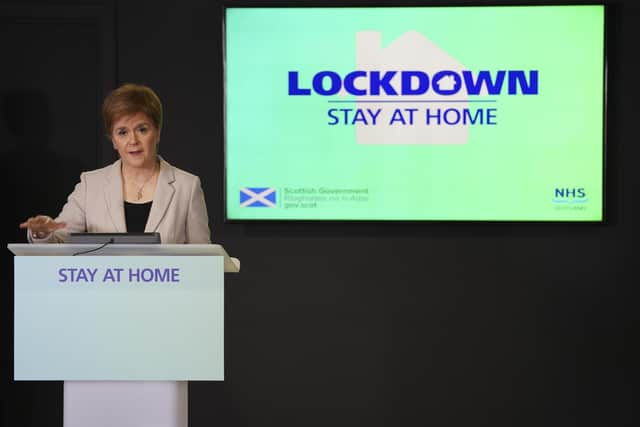

“We knew the respiratory pathogen is much harder to control than one like Ebola where it’s bodily fluids or close contact. So I think the writing was on the wall in a sense.”
It’s easy to look back and think about what could have been done better with the benefit of hindsight, says Professor Rowland Kao, Edinburgh University Chair of Veterinary Epidemiology and Data Science, but there are some things which should have been done differently even with the little information available at the time.
He and Professor Sridhar agree that Scotland would have been better off going into lockdown earlier in March 2020, once the signs became clear from China and Italy.


Advertisement
Hide AdAdvertisement
Hide AdRestrictions were eased and travel allowed too quickly in the summer, says Professor Kao, and Professor Sridhar remembers she could feel the situation “slipping away” at the sight of busloads of people crossing the border into England once pubs reopened there, and going on holidays once travel opened up.
Both also point to the return of universities in Autumn as a low point in Scotland’s response.
“What I didn’t anticipate was how delayed the reaction would be in western countries, who almost seemed paralysed from January until March,” says Professor Sridhar.
“It was almost like they didn’t think it could happen here.”
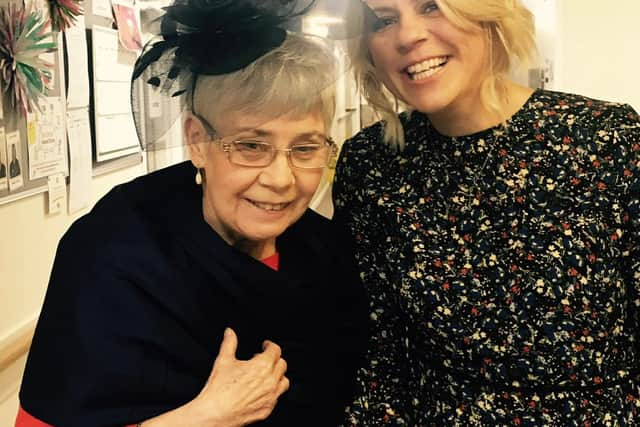

She adds: “All western countries followed the flu model. They had all prepared for a pandemic flu, and so when they saw this they said ‘respiratory pathogen, fast moving, we need to go into those preparation policies’.
“The responses vary slightly. I think Germany was faster to get its testing up, and its tracing going, France was earlier going into lockdown. Norway, Finland and Denmark were really advanced. But in general, everyone was following a flu model.”
When asked on Friday if there was anything she would have liked to have done differently, looking back on the past year, First Minister Nicola Sturgeon also pointed to the flu approach.
“I think we, in a way that perhaps some Asian countries with experience of SARS in the past didn’t, we probably were planning for something akin to a flu pandemic,” she said.
Advertisement
Hide AdAdvertisement
Hide Ad"Coronavirus is very different to flu. So some of our early decision may have been influenced by that.”
She added: "Some of what we will have got wrong is a judgement with hindsight. If I knew then what I know now there are some things that I would have done differently, perhaps testing in care homes being one of those.”
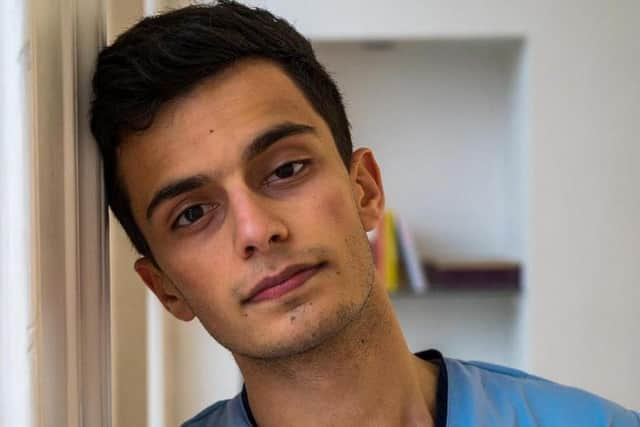

Care homes have been one of the stand-alone tragedies of the pandemic. In October it emerged that in the first three months, before guidance was changed, 113 patients were moved from hospitals to care homes after testing positive for Covid-19. Some 3,000 patients were moved without being tested at all.
Now almost 500 homes are being investigated by the Crown Office over deaths linked to Covid-19.
The statistics are harrowing, but the day-to-day reality even more so. Thousands of people across Scotland have lost loved ones in care homes without being able to see them, and thousands more are desperately waiting for a time when they can finally visit vulnerable family members again.
Alison Leitch has been able to hug her mum Kathleen at her Fife care home twice since lockdown was introduced in March 2020. Once when restrictions were eased in November, and once over the Christmas period.
“I know I’m very lucky,” she says, “but I shouldn’t be lucky to have had two hugs with my mum in almost a year. I shouldn’t be lucky to have 30 minutes a week with her.”
Kathleen, 74, has been in the home for seven years following an Alzheimer’s diagnosis.
Advertisement
Hide AdAdvertisement
Hide Ad“Alzheimer’s is a very cruel illness, you have to make the most of every day. And then along comes a pandemic, and it takes that time away from you,” says Ms Leitch.
Speaking to her mother on Facetime is the “hardest thing” she does every week.
“I have to psych myself up for it, because I can’t get upset or she’ll pick up on it,” she says.
The past year has been “hell on earth” for Ms Leitch.
“I’ve had Facetimes with mum where she’s just sat with her head in her hands. You don’t have to verbalise that.”
Ms Leitch is desperate to see the end of this pandemic. So too are the healthcare workers, who were clapped as heroes and showered in rainbows but who are now facing exhaustion and burnout, with staff absences exacerbating an already unmanageable workload.
“Some days I wake up with that kind of exhaustion you get when you’re not ill with an infection, your body is just shattered,” says Lewis O’Connor, a third-year medical student who joined the NHS staff bank in June as a healthcare assistant and has been working 12 hour shifts part-time alongside his studies since then.
At 21, he often finds himself helping older patients navigate the technology they need to call or videocall family members.
He is much younger than his colleagues, and works much fewer hours a week. But even he is exhausted.
Advertisement
Hide AdAdvertisement
Hide Ad“I don’t think it’s sustainable, and especially not for my full-time colleagues, who are much older than me. It’s definitely not sustainable for them, but somehow they put in the shift,” he says.
Covid-19 has made “everything worse” on his general ward.
“Covid has taken out tons of our staff, so we have constant staff shortages. And there’s a constant supply of patients, we’re just never not full. And Covid patients take up more time, because we have to monitor them more.”
He adds: “The NHS isn’t sustainable, it’s being undervalued, and claps don’t matter. We need to value the NHS, and to help keep it alive. The fact that people can come in with Covid and not have to pay any bills, and be looked after, is fantastic, and something we shouldn’t lose. Invest in the NHS and protect it, that’s the big thing.”
Scotland has now reached about 80 per cent of its national Covid hospital capacity, with unions and staff warning of exhaustion, burnout and a healthcare system struggling to cope.
There are some things which Scotland got right about its pandemic response.
These include good data sharing, leadership, clear communication and engaging with stakeholders and community representatives, according to Dr Gail Carson, Deputy Chair of the Global Outbreak Alert & Response Network at the University of Oxford.
Choosing to ease restrictions more cautiously than England in the summer was also wise, she says.
But she adds: “I have to be frank, our figures are high, and that is very sad. I remember commenting on the first one or two people who died last year, and saying then that we must never lose our compassion around these numbers, because they are representative of people.”
The pandemic is far from over, Dr Carson warns.
Advertisement
Hide AdAdvertisement
Hide AdShe wants to see vaccine equality - not monopoly by richer countries, and she wants both the world and Scotland to “build back fairer”, taking stock of the health inequalities which were present before the pandemic and which have exacerbated it.
Another important point to consider in 2021 will be “long Covid”.
“Is that going to be the pandemic on the back of the pandemic?” Dr Carson asks.
“There’s going to be a lot to learn about that, to make sure that we are providing the health support that these people need, that employers are being understanding, and that society is understanding. The potential number of people who could be affected by that is concerning.”
For Professor Sridhar, 2021 is going to be “the year of the variant and the vaccines”.
“We hoped the vaccines would be the panacea, but if variants emerge and our vaccines don’t protect against them, we’re in a cat and mouse game,” she says.
Surely the outlook can’t be that bleak?
“I'm in public health, I try to prevent crises, so I always look to see what’s the worst case, and how do we make sure it doesn’t happen,” says Professor Sridhar. This sounds reassuring, until she points out that she was also warning of a “worst case” scenario this time last year, and turned out to be right.
“There was this idea that it couldn't be that bad,” she says, remembering that when Italy first when into lockdown, people didn’t seem to believe her warnings that the same would happen in Scotland.
Advertisement
Hide AdAdvertisement
Hide Ad“People don't believe something until it happens and when it happens it's too late.”
On the risk of a vaccine-resistant variant, Professor Sridhar says: “We don't have the hard data but I'm reading the tea leaves, and I'm saying signs don't look good.”
“New variants will continue to crop up, and as you vaccinate more, new variants will arise that respond to the vaccine,” adds Professor Kao.
“This mix of lots of infection going on and lots of vaccination creates the ideal conditions for variants to show up, so we’ve got to be really wary that that might happen.”
The possibility of variants which don’t respond to a vaccine makes it extremely important to control borders, he says, which is one key aspect on which Scotland and the UK fell down in the first wave.
He thinks we could be in a “very different place” now if Scotland had not eased restrictions so soon in the summer, and allowed people to travel.
“There was a lot of pressure to open things up, and you can understand why. But if you're trying to eradicate, then you really need to push hard.”
Border restrictions, combined with vaccination, are our ticket to a more “normal” summer, he says.
Advertisement
Hide AdAdvertisement
Hide AdBut tighter restrictions will be needed in winter, to try and avoid a coincidence of Covid-19 and a heavy flu season.
So no chance of putting Covid-19 behind us once every adult has been offered a vaccine (currently estimated to be around Autumn)?
“I don't think anyone would say that. This is a chronic problem”, says Professor Sridhar, outlining a “best case” scenario in which we can vaccinate 80 to 90 percent of the population, and prevent outbreaks with travel restrictions. The worst case scenario is that of the vaccine-resistant variant, taking us back to “square one”.
But there is reason to hope.
“This is the worst, now, it really is,” she says.
"I know a lot of people are struggling, but it will be better in about two months, in March, and it'll only get progressively better.
"When it's really good in the summer what we shouldn't do is get back to normal. We have to think, how do we protect, going into next winter. We should never repeat this winter again.”
A message from the Editor:
Thank you for reading this article. We're more reliant on your support than ever as the shift in consumer habits brought about by coronavirus impacts our advertisers.
If you haven't already, please consider supporting our trusted, fact-checked journalism by taking out a digital subscription.
Comments
Want to join the conversation? Please or to comment on this article.
